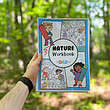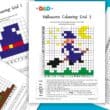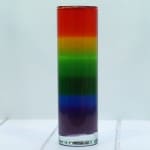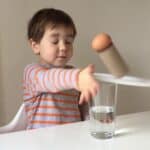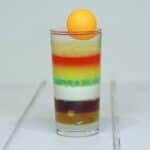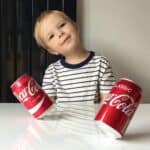-
3-4 , 5-8
-
‹ 5 min
-
Easy
Skittles experiment is a really quick and easy activity to set up and can be done again and again in slightly different ways to get all sorts of weird and wonderful results!
What you’ll need
How to Do Skittles Science Experiment
Ready? Let’s go! First, you will need to arrange the skittles in a circle – try to make sure you have different colours next to each other. This is a great opportunity to get creative by trying different shapes and patterns of the sweets.
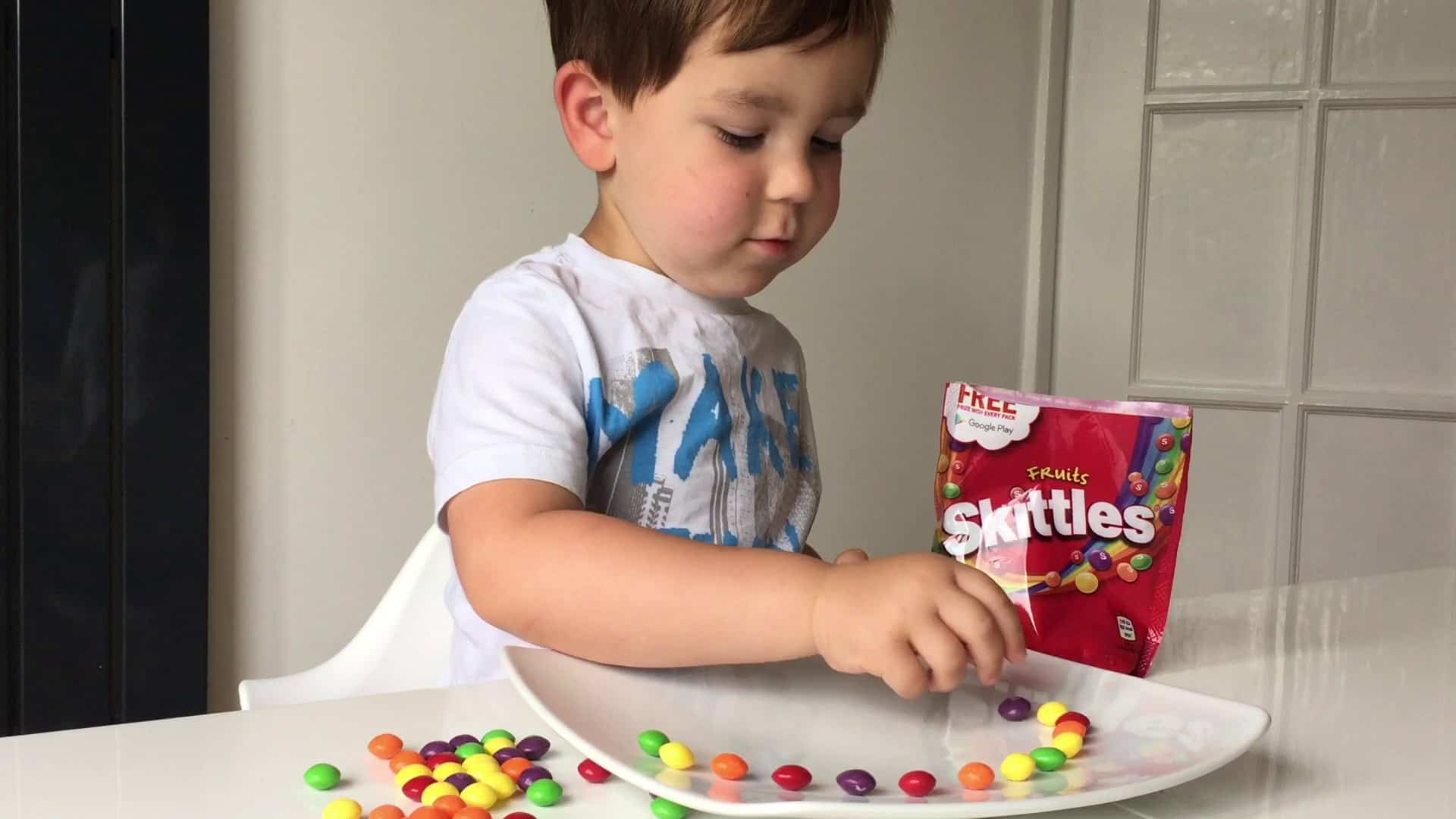
Next, carefully pour in some water into the middle of the circle until the Skittles are half submerged. Now sit back and watch!
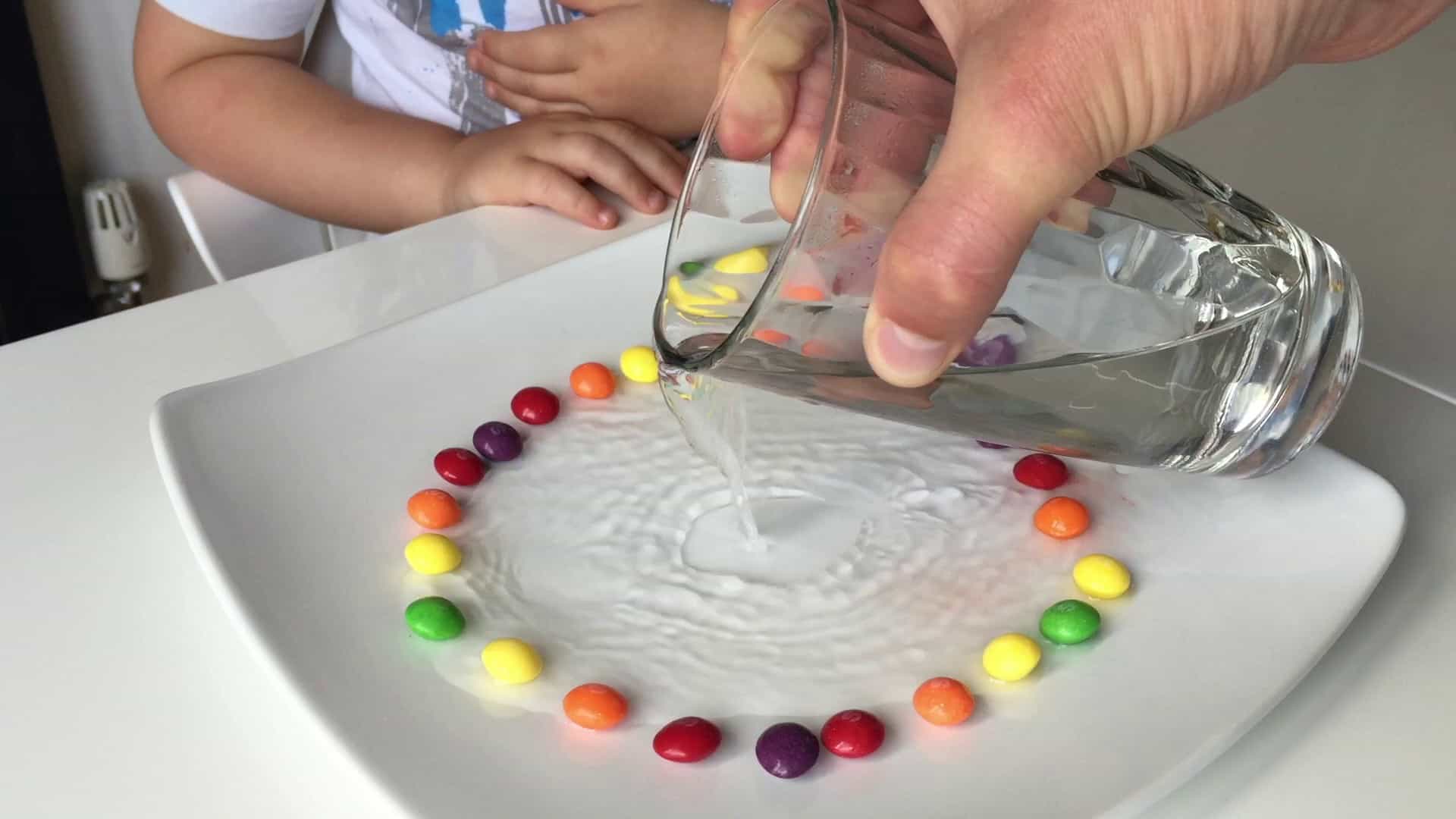
Over the next few minutes, you will see coloured stripes form starting from the edge and gradually growing towards the middle of the circle.
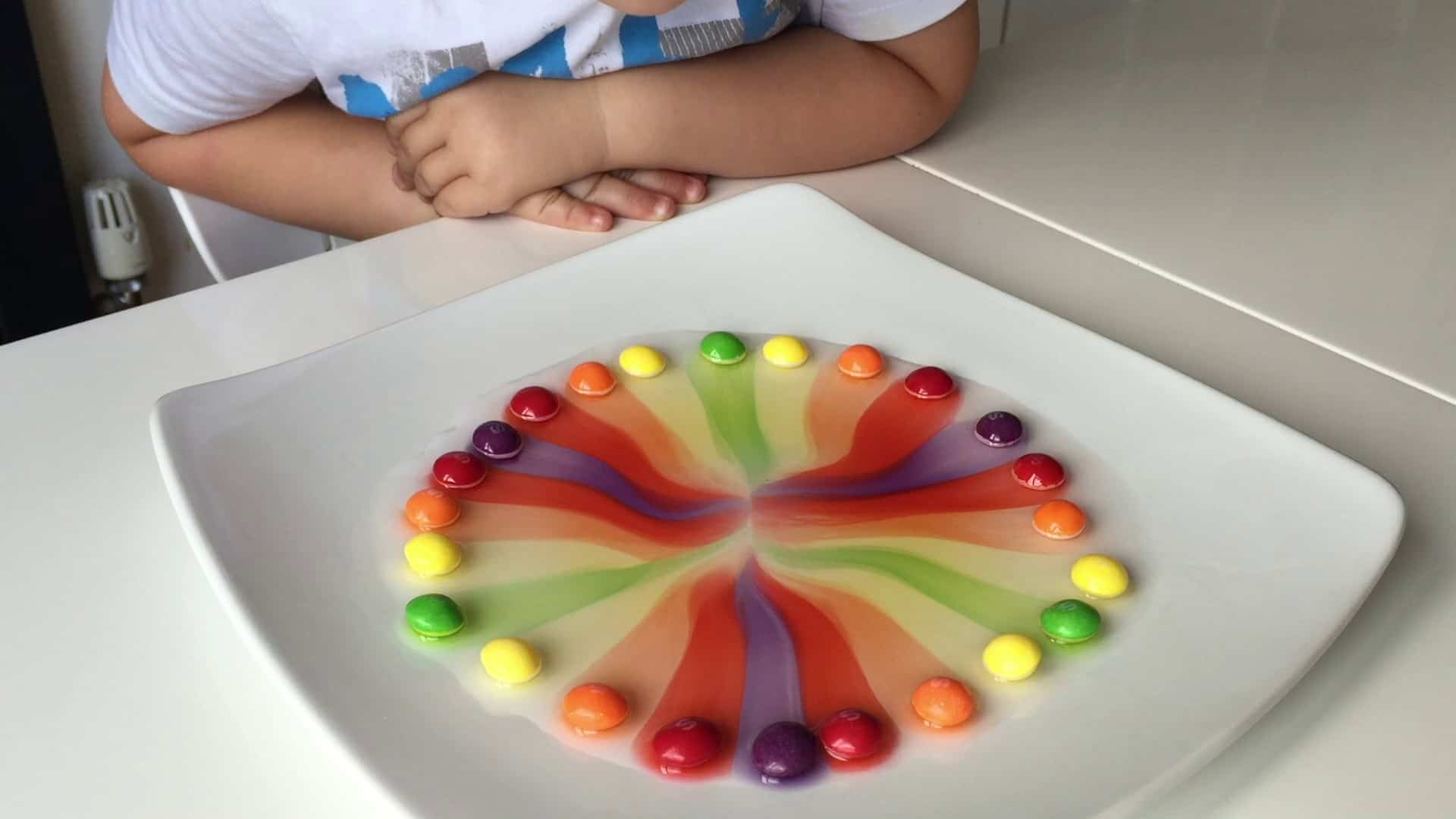
The Science Explained
So what exactly is going on here? Why do Skittles dissolve in water? The first question we must ask ourselves is what is the crunchy, coloured layer of a Skittle made of? It is in fact made of sugar and food colouring. Water is able to dissolve (break down) the sugar into a sugar/water solution and this releases the colour.
In all solutions, the substance that does the dissolving is known as the solvent and the substance that is dissolved is known as the solute.
The final question we can ask ourselves is why do the colours go into neat stripes? Why do they not mix up? All Skittles look very similar but no two are identical. They have very slightly different amounts of sugar which means the section of water with one Skittle will have a very slightly different density to the section next to it.
The process whereby water gets split due to differences in density (or other things such as temperature) is known as stratification.

How to take the experiment further
Why not try some changes of your own to this experiment? What do you think would happen if you used cold water or hot water instead? Do you think the colours would appear in the water faster or more slowly?
There are loads of other ways that you can make this experiment your own by trying other sweets, using oil or milk instead of water or even putting food colouring into bits of the water before the coloured stripes start to form!
Here is a video showing the same experiment we tried with M&M’S


